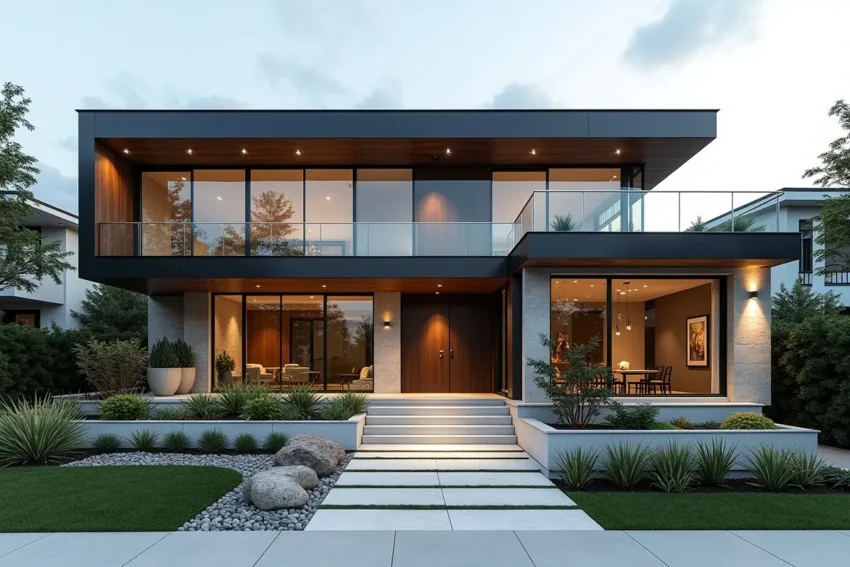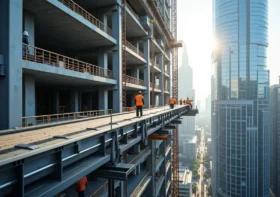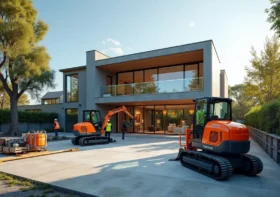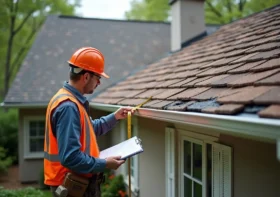5 Overlooked Design Elements That Are Transforming Modern Exteriors

Modern exteriors are more than appearances. They influence how a home is perceived at first glance. Curb appeal increases property value and reflects care, whether it is a compact city dwelling or a larger suburban residence. More homeowners are choosing to upgrade outdoor spaces as part of broader improvements.
However, many focus only on common changes such as repainting or landscaping. Some design choices are often overlooked even though they can significantly influence the overall feel of a home. These features may be subtle, but they reshape the way homes are designed and experienced.
As architectural styles shift towards simplicity and practicality, these quiet details are gaining attention. Small updates can result in a cleaner and more modern look without the need for major renovations.
Contents
Stylish Roller Shutters
One detail often overlooked in exterior design is roller shutters. They are no longer used purely for security. When integrated thoughtfully, they enhance the visual plan rather than detract from it.
Modern roller shutters are slim and often designed to match the home’s colour or building materials. When not in use, they can be concealed neatly, which keeps the exterior uncluttered. This is particularly effective for houses with large glass windows or sliding doors where privacy is sometimes necessary.
Roller shutters also regulate indoor temperature and block intense sunlight during warmer months. They offer protection for interiors while maintaining a tidy exterior. Increasingly, builders and homeowners are adopting them not only for their function but also because they align with the streamlined and low-maintenance look of modern homes.
Integrated Lighting Design
Well-placed outdoor lighting can completely transform how a house looks after sunset. It guides movement, improves safety, and adds depth to architectural features. A driveway, pathway, or garden wall can appear more defined with just a few carefully positioned lights.
Lighting also influences the atmosphere. Using warm, energy-efficient bulbs creates a welcoming mood. Many modern designs integrate lighting directly into walls, steps, or paving, which keeps the layout tidy and conceals wires or fittings. In homes with darker finishes, soft lighting also helps define shapes at night without being too harsh.
Technology is further enhancing exterior lighting. Motion sensors and timers are becoming common, making outdoor spaces more efficient and intelligent while keeping energy use low. Outdoor lighting is no longer just about visibility. It shows care and adds intention to the design.
Mixed Material Facades
Modern exteriors are no longer limited to brick or plaster. More designers are combining materials to add texture and contrast. Timber, stone, glass, and metal are often layered to achieve balance and variety.
For instance, timber panelling can add warmth to an otherwise industrial design. Metal trims provide definition without overwhelming the structure. When balanced well, these elements complement each other and strengthen the overall aesthetic.
In addition to visual impact, many of these materials deliver practical benefits. Stone is durable against weather, timber offers some natural insulation, and treated metal resists rust. The result is an exterior that is not only visually engaging but also long-lasting. This makes mixed facades a practical way to refresh a property without replacing the entire structure.
Minimalist Rooflines
Homeowners often underestimate the influence of a roof on the overall exterior. Flat or gently sloped rooflines are becoming increasingly popular in contemporary builds. They create a sharp edge that suits today’s streamlined style.
These designs also provide functional advantages. Low-pitched or flat roofs make it easier to install solar panels without disrupting the home’s appearance. Drainage systems and gutters can be integrated discreetly, which maintains a clean and simple exterior.
In some projects, the roof itself is transformed into an outdoor feature. A flat roof can function as a terrace or garden when planned correctly. In this way, the roof shifts from being only a cover to becoming part of the living environment.
Frameless or Slim-Profile Windows and Doors
Replacing traditional frames with large windows and slim or hidden profiles is now a popular design choice. These windows maximise natural light and create a more open and uncluttered look. From the street, they give the impression of a brighter, more inviting home.
Contemporary architecture frequently relies on glass to connect indoor and outdoor spaces. Slim frames prevent heavy lines from interrupting the view, which allows rooms to flow seamlessly into patios or gardens. The result is a well-lit interior and a sleek, modern exterior.
These window designs are particularly well suited to minimalist homes. When combined with plain walls and flat roofs, they contribute to a unified and balanced appearance. Glass has become more than a functional material. It is now an essential element in shaping a home’s character and design identity.
Final Words
Refreshing a home’s exterior does not always require major renovations. These overlooked elements show that modest updates can create a significant impact. As homeowners increasingly favour innovative and uncluttered styles, details such as roller shutters, integrated lighting, and minimalist rooflines are becoming more noticeable.
Paying attention to these smaller aspects can greatly improve curb appeal and help create a stronger and lasting first impression.



